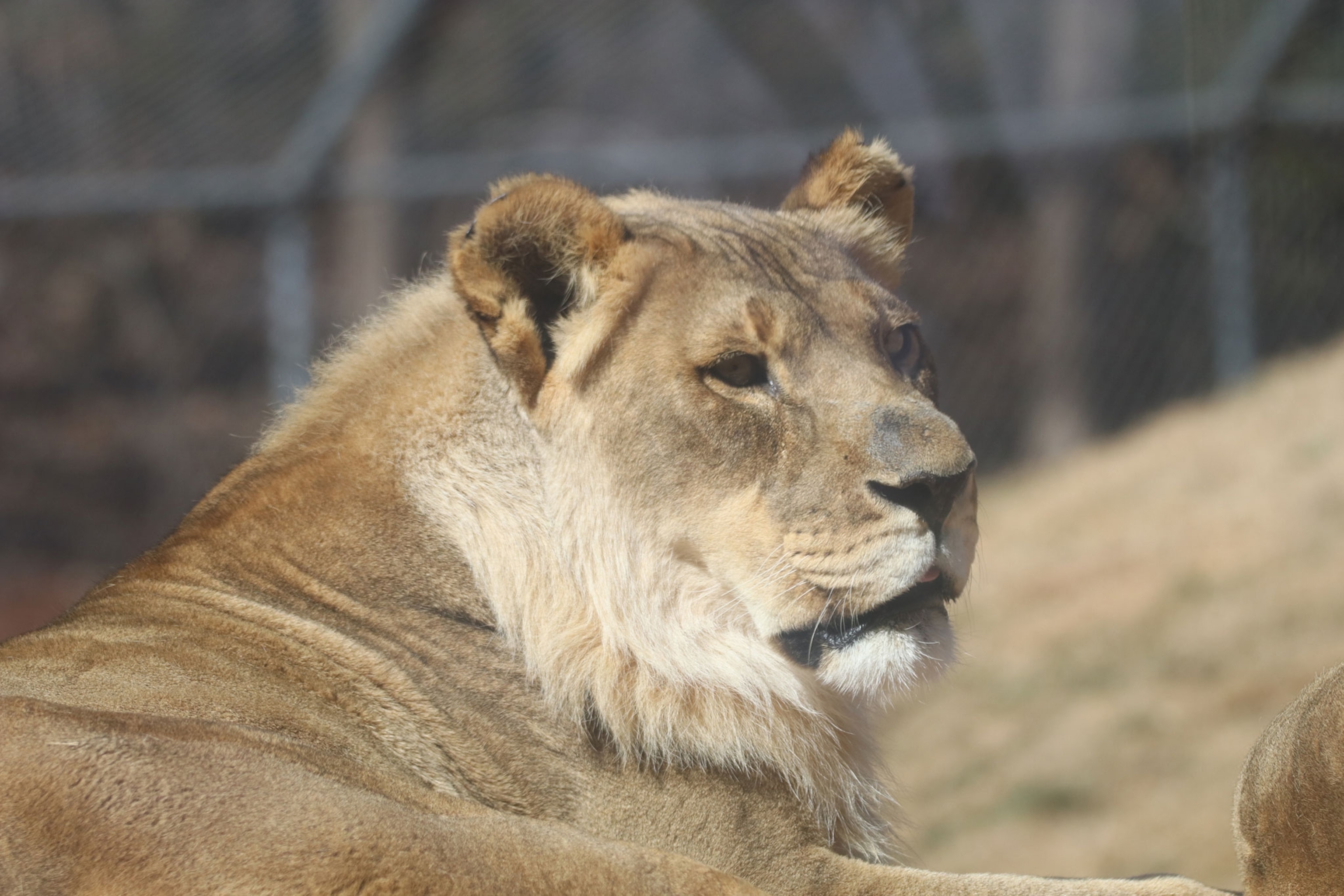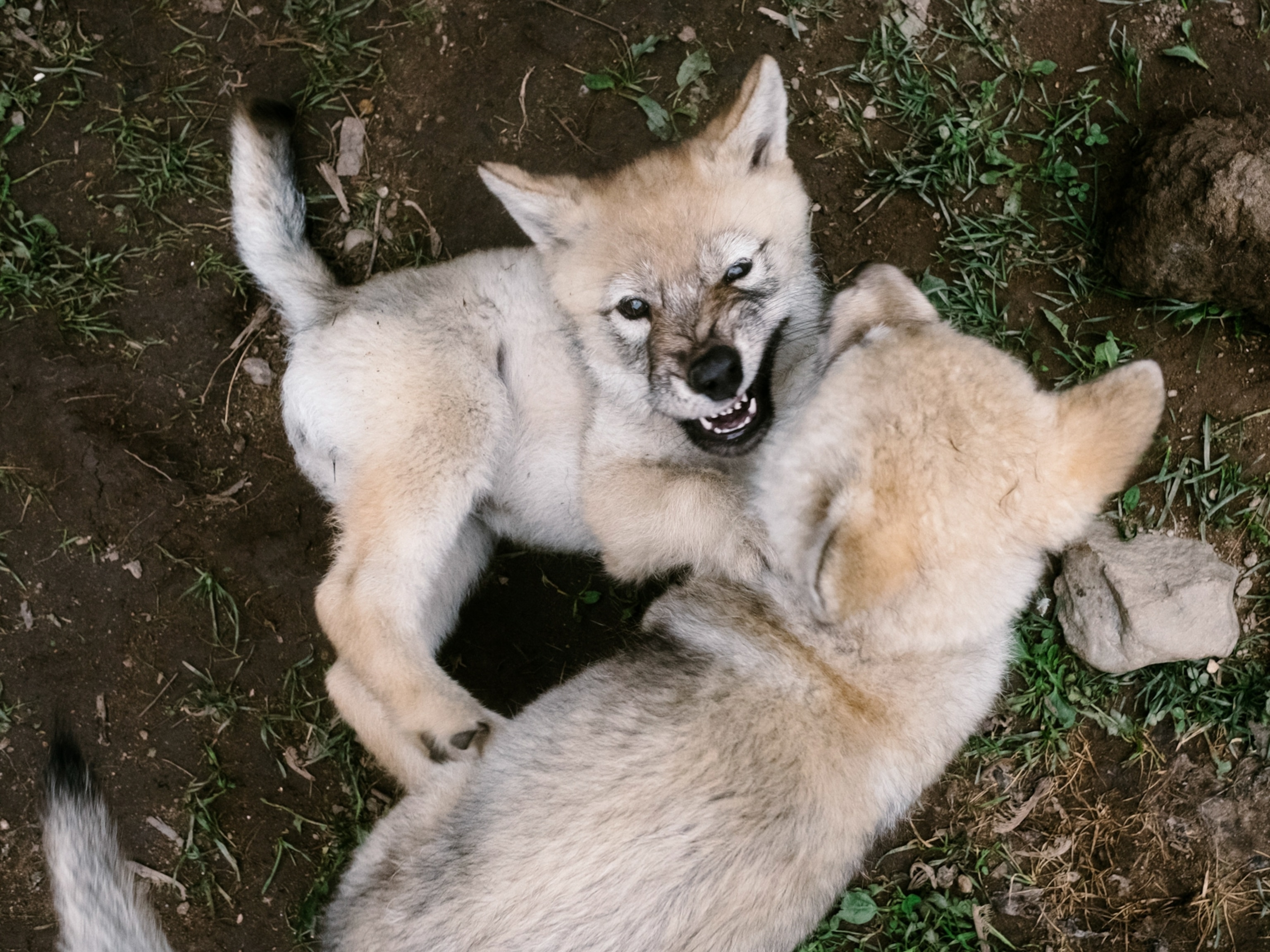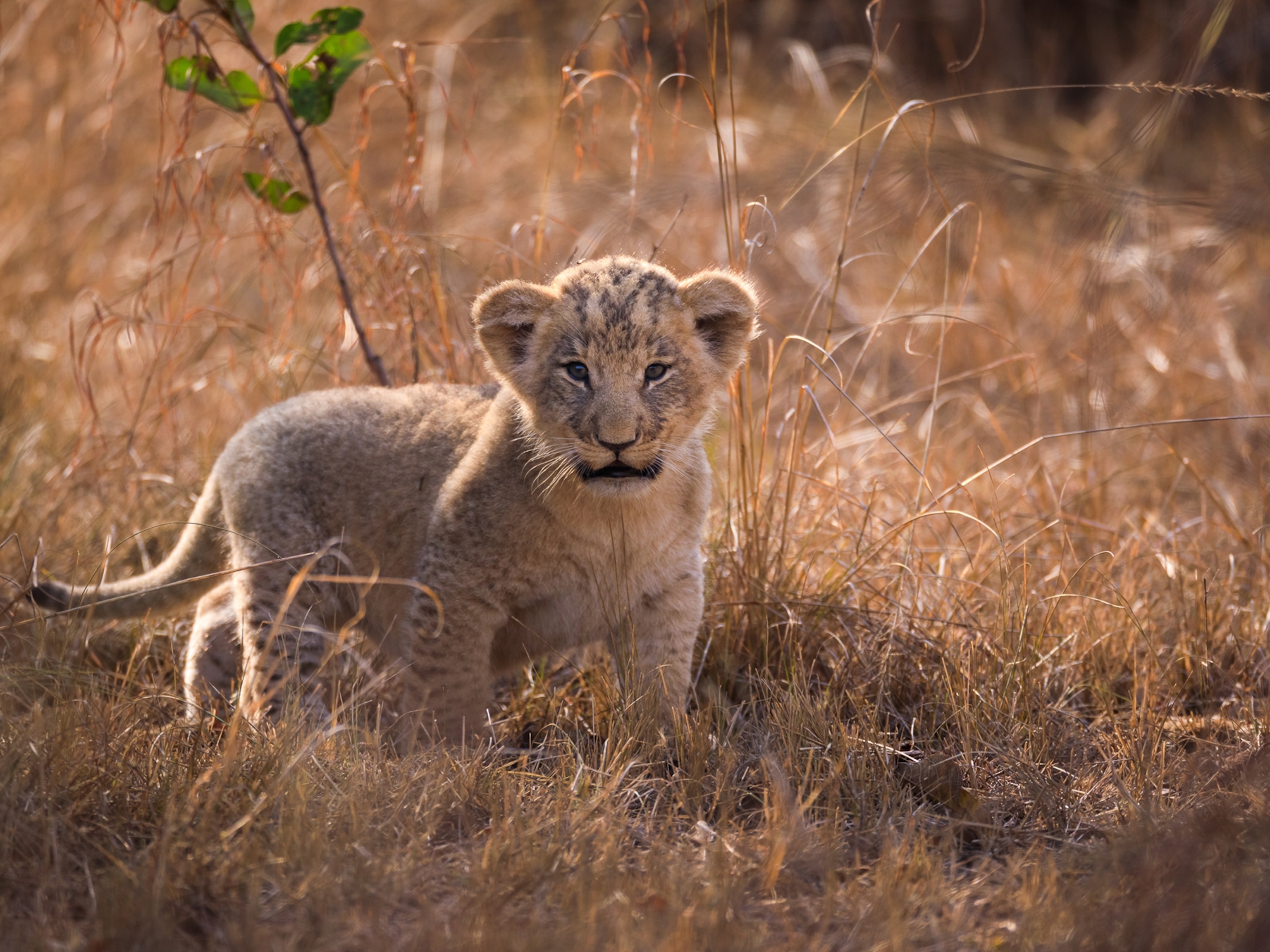
Why This Lioness Suddenly Grew a Mane
Bridget the lion is 18 years old, and for most of her life has been mane free.
Bridget, a lioness at the Oklahoma City Zoo, is sporting an unusual look.
The 18-year-old female has grown a mane—although her extra tresses resemble more a beard than a typical male lion's mane. The zoo has been calling it her "mini-mane."
In a zoo blog post about the curious case, Bridget's keepers claim the growth occurred from March to November 2017. As of this month, veterinarians were still working to pinpoint exactly what caused the big cat to grow excess fur. (See 15 intimate portraits of lions.)

Though rare, maned lionesses are not unheard of.
In Botswana's Okavanago Delta, maned lionesses are regularly spotted, likely the result of a genetic anomaly shared by related animals.
Embryos that were disrupted either at conception or during gestation likely caused the genetic mutation, Luke Hunter, president of the big-cat conservation group Panthera, told National Geographic in 2012.
"Alternatively, and perhaps more likely, the problem may have occurred during gestation if the fetus was exposed to increased levels of androgens—male hormones such as testosterone," Hunter says.
Male lions typically start growing manes at about a year old, when they begin producing testosterone.
Some males, like the infamous Tsavo man-eaters, are maneless, but a 2006 study found they may have evolved this feature to keep cool in blistering heat.
Mysterious Mane
As for Bridget, who was born in captivity, none of her fellow littermates have manes. Vets also suspect a medical condition may be the culprit, such as a tumor growing on her adrenal or pituitary glands that's affecting her hormones.
In 2011, a 13-year-old lioness at a South African zoo began growing a mane. Caretakers discovered this was caused by a deformity in the lioness's ovaries, which contained cells normally found in testicles causing an increased level of testosterone.
Because the South African lion had previously given birth to cubs, vets concluded that the ovaries would have had to have been healthy in the past, leading experts to theorize her ovaries had changed to testes. (Learn more about National Geographic Society's Big Cats Initiative.)
Bridget produced one litter of cubs, in 2007, but Oklahoma vets don't yet know the status of her ovaries. They recently took a blood sample and are awaiting results.





